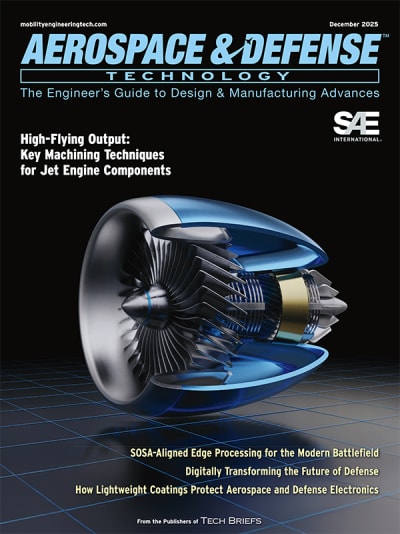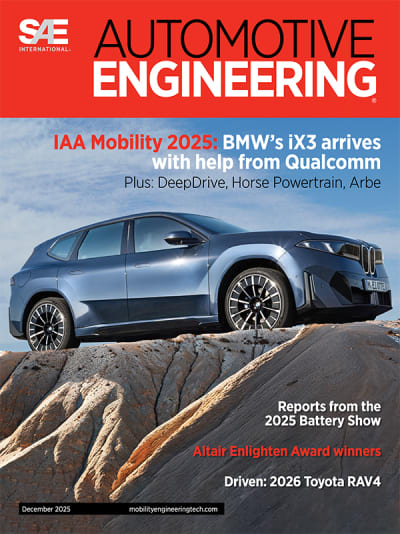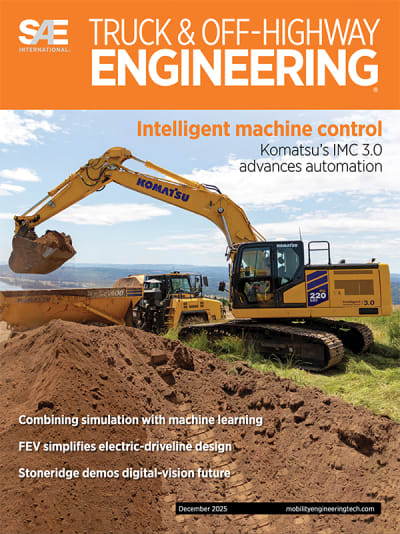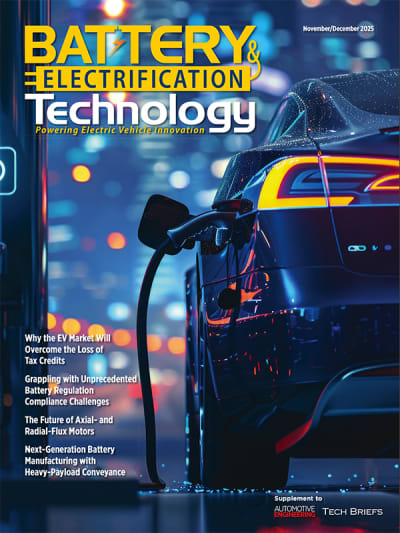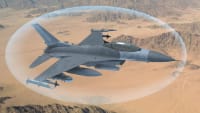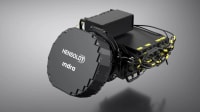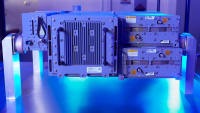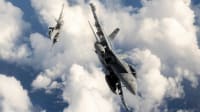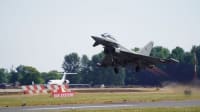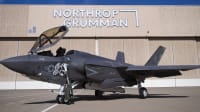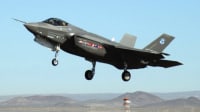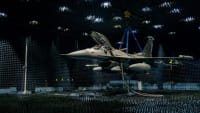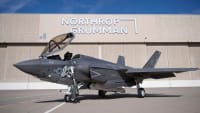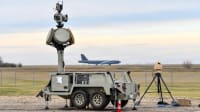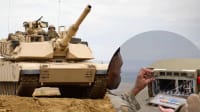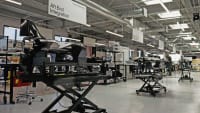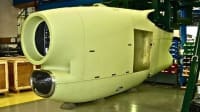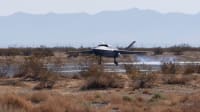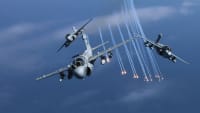UK Air Force Funds Production of Typhoon Jet's New Radar

The U.K. government has released £204.6 million in funding towards the production of an advanced new radar for the Royal Air Force (RAF) fleet of Eurofighter Typhoon jets.
The radar, known as the European Common Radar System (ECRS) Mk2, will transform Typhoon’s control of the air, bringing a next generation electronic warfare capability which will allow the aircraft to simultaneously detect, identify and track multiple targets in the air and on the ground.
The latest funding secures the critical elements required to manufacture the radar along with its integration on to the aircraft by BAE Systems and Leonardo UK and comes ahead of a full rate production contract expected later in 2025.
"With modern conflict demonstrating the central importance of electronic warfare to combat operations, we are proud that the UK’s onshore combat air industry is the first in Europe to offer a radar with embedded electronic warfare capabilities through a multi-functional array, with development running several years ahead of other international efforts," said Mark Hamilton, Managing Director Electronics UK, Leonardo.
The current variant of the radar operating on in-service Typhoon jets is the ECRS Mk0. The ECRS Mk2 will bring innovative, world-leading EW capability, in addition to traditional radar functions, including wide band electronic attack.
It will equip RAF pilots with the ability to locate, identify and suppress enemy air defences using high-powered jamming. They can engage targets whilst beyond the reach of threats — even when they’re looking in another direction — and operate inside the range of opposing air defences, remaining fully protected throughout.
It is a multi-function array which is not just a more complicated way of saying ‘radar’ - it means it carries out a wide range of functions beyond just radar capabilities. This flexibility allows it to not only detect various signals across the spectrum but also engage in electronic attack activities. This multifunction aspect is a huge benefit.
In addition, whereas traditionally radars are limited to a narrow, congested part of the radio frequency spectrum, the ECRS Mk2 operates across a far broader range of the electromagnetic spectrum. That provides a massive advantage because you can operate above or below the congested and contested frequencies where most fighter radars operate.
It also enables the delivery of electronic attack effects to wide range of adversary air and surface-based radars.
The latest funding for the program follows a successful program of flight testing and extensive ground-based testing of an ECRS Mk2 prototype radar which concluded at BAE Systems’ site in Warton, Lancashire in February.
The funding will directly support 1,300 jobs across UK industry in radar development and integration on to Typhoon including 400 at Leonardo and more than 300 at BAE Systems.
Top Stories
INSIDERDefense
![]() F-35 Proves Nuke Drop Performance in Stockpile Flight Testing
F-35 Proves Nuke Drop Performance in Stockpile Flight Testing
INSIDERMaterials
![]() Using Ultrabright X-Rays to Test Materials for Ultrafast Aircraft
Using Ultrabright X-Rays to Test Materials for Ultrafast Aircraft
INSIDERManufacturing & Prototyping
![]() Stevens Researchers Test Morkovin's Hypothesis for Major Hypersonic Flight...
Stevens Researchers Test Morkovin's Hypothesis for Major Hypersonic Flight...
INSIDERManufacturing & Prototyping
![]() New 3D-Printable Nanocomposite Prevents Overheating in Military Electronics
New 3D-Printable Nanocomposite Prevents Overheating in Military Electronics
INSIDERRF & Microwave Electronics
![]() L3Harris Starts Low Rate Production Of New F-16 Viper Shield
L3Harris Starts Low Rate Production Of New F-16 Viper Shield
INSIDERRF & Microwave Electronics
Webcasts
Energy
![]() SAE Automotive Engineering Podcast: Additive Manufacturing
SAE Automotive Engineering Podcast: Additive Manufacturing
Manufacturing & Prototyping
![]() A New Approach to Manufacturing Machine Connectivity for the Air Force
A New Approach to Manufacturing Machine Connectivity for the Air Force
Automotive
![]() Optimizing Production Processes with the Virtual Twin
Optimizing Production Processes with the Virtual Twin
Power
![]() EV and Battery Thermal Management Strategies
EV and Battery Thermal Management Strategies
Energy
![]() How Packet Digital Is Scaling Domestic Drone Battery Manufacturing
How Packet Digital Is Scaling Domestic Drone Battery Manufacturing
Materials
![]() Advancements in Zinc Die Casting Technology & Alloys for Next-Generation...
Advancements in Zinc Die Casting Technology & Alloys for Next-Generation...

